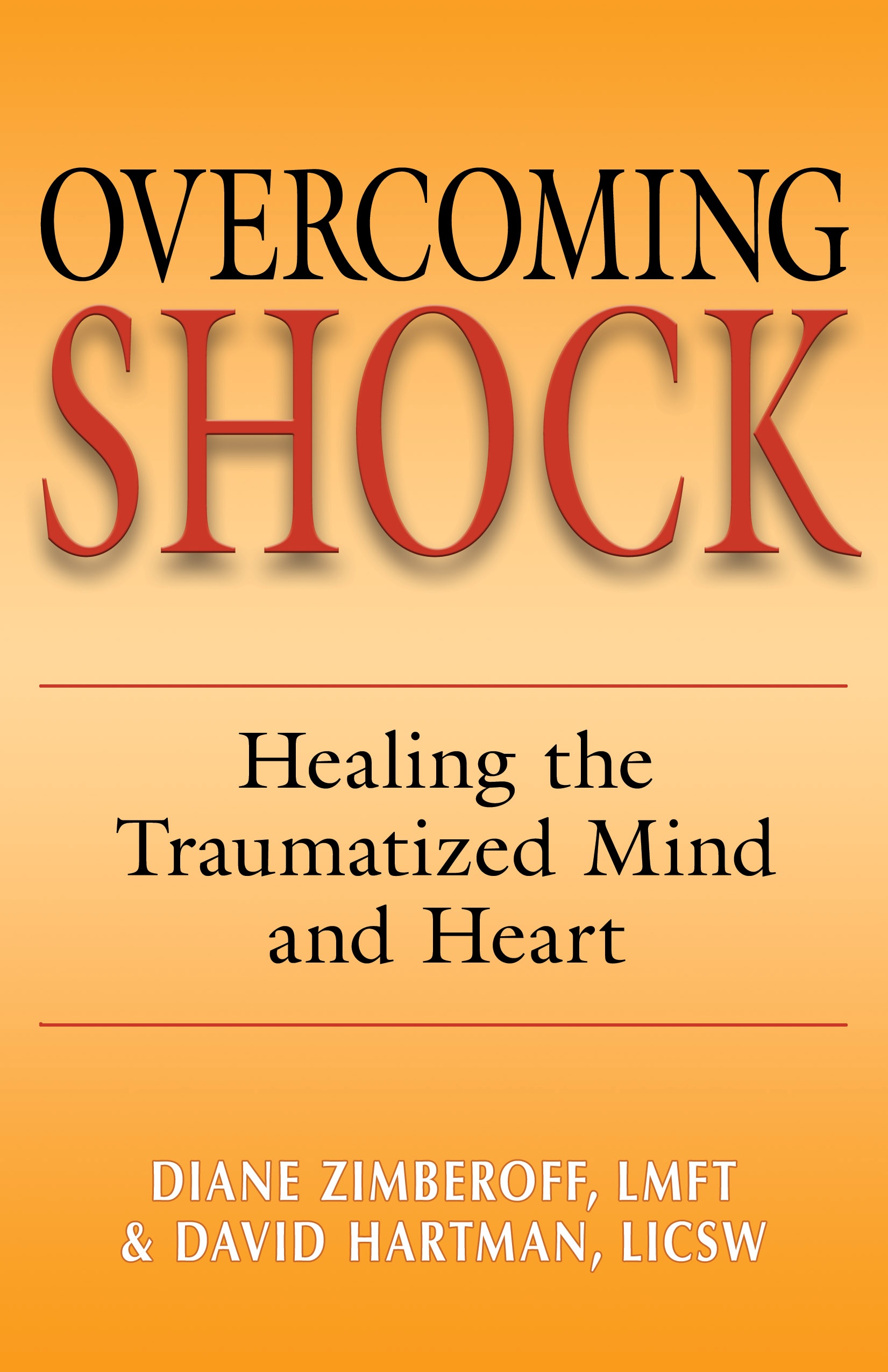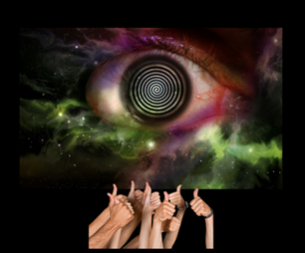Hypnotherapy to Treat Shock in First Responders
Hypnotherapy to Treat Shock in First Responders

People who are affected by shock in their lives often have survived traumas of various types. Many of the traumas we refer to in our case examples in our book Overcoming Shock: Healing the Traumatized Mind and Heart (New Horizon Press, 2014) are early childhood traumas, including parental rejection, sexual or physical abuse, being unwelcome or unaccepted by the family and a multitude of situations experienced in dysfunctional families. But there are many traumas that people face and endure on a daily basis which also result in shock. In the book we examine the shock response to shootings at schools, serious accidents, victims of crime, victims of sexual assault, first responders, combat veterans, traumatic loss of a loved one and natural disasters.
A whole category of critical incident responders working for agencies like the Red Cross and huge companies must respond to the needs of those affected by disaster. Others in our culture handle stressful situations on a daily basis. Sometimes they end up being the brunt of anger and blame for situations they have no control over. These include airline attendants and ticket counter people, ambulance employees, hospital workers including physicians and nurses, insurance company representatives and many more men and women who are there to serve us and who get blamed, shamed and yelled at when things do not evolve as we had planned. Their nervous system reacts to the stress by going into shock, either hypervigilance and irritability (sympathetic overactivation), or numbing, withdrawal and flattened emotions (parasympathetic overactivation)
First responders are the most susceptible every day to exposure to traumatic incidents that will affect their mental health: secondary traumatic stress is an occupational hazard of providing direct services to traumatized populations. And they are often overlooked in terms of needing or receiving treatment. The paradoxical problem with shock is that when we are unaware of it as an influence in our body, we unconsciously treat it ourselves on a daily basis. People wonder why it is so difficult to stick to their diet, to stop smoking or drinking, or to stop playing computer games. It is because most people are unknowingly attempting to use these addictive behaviors and activities to regulate their own shock states carried in the nervous system, to correct for an overactivation that has become chronic.
Medical First Responders
It is important to remember with first responders that the stressors which they report as the most stressful happen relatively often, some daily. A large-scale study of emergency medical service (EMS) personnel by Elizabeth A. Donnelly and Michael Bennett (2014) revealed that rather than large-scale, dramatic events, responders report the most stress from seeing someone die or someone who was recently deceased, encountering an individual who had been badly beaten, responding to a traumatic event where they discover someone personally known to the responder or making a death notification to a family. What we, the public, would consider a relatively commonplace occurrence actually has a more shocking impact on responders than some dramatic or unusual event. There is a danger in the cumulative nature of what most people consider “routine” stresses as much as the overly dramatic large-scale events such as a tornado or terrorist attack.
An example of this is an oncologist who sees and has to tell people on a daily basis that they have some type of breast, stomach, lung or other cancer that is threatening their life. Physicians have to be the bearers of this horrifying news so often that they themselves become numb to what the patient may be feeling. We recently had as our client a physician who went into full-blown depression, couldn’t work and began using self-prescribed narcotics.
As he was being interviewed, he finally broke down to say that his wife had recently been diagnosed with incurable ovarian cancer that had metastasized to her lungs. Having watched so many people deteriorate and die painful deaths from cancer, he knew what was awaiting her and their own family, who would have to go through it with her. The years and years of accumulated stress of having to diagnose deadly diseases on a daily basis and then be the bearer of this horrifying news suddenly took him over and his undiagnosed, untreated PTSD became Complex PTSD, with the physiological sequelae we have been describing as shock. He was able to access the long-suppressed emotions through hypnotherapy sessions, which also revealed to him the extent of his unexpressed grief over the death of his mother some years before.
Firefighters
Our critical incident workers often report that it is the police and fire department first responders who refuse their services after severely traumatic and shocking experiences. Just as in the armed services, these people experience highly traumatic events on a daily basis. They see this as their job, their responsibility and what they have been trained to do. Take, for example, the highly-trained firefighter first responders.
One team that we recently worked with was called to a burning school building with hundreds of terrified children and teachers. The children were screaming and crying and the firemen had to carry them out from dangerously hot corners of the building. While doing that, several burning rafters fell right in front of one firefighter, blocking his access to the nearest door. Another rafter fell directly onto one of his co-workers attempting to carry another child out of the building. The first firefighter described being stuck with having to make a terrible decision, in this state of shock. “Do I continue down these stairs and rescue this boy in my arms or do I stop, risk his and my life, and try to remove the burning rafter which is trapping a co-worker and another child?” He chose to continue down the stairs to bring the child directly to the waiting ambulance.
The firefighter accepted the help of our critical incident workers. He reported that he got the child in his arms into the ambulance and then ran back to try to save his co-worker and the other child, trapped under the fallen rafter. By that time it was too late: that part of the building was engulfed in flames. He has continued to be in a state of shock, reporting anxiety, depression and terrible guilt about not being able to save the others. He told his therapist that after the burning school and the loss of over twenty-five school children, many of his firefighter friends are experiencing extreme symptoms such as nightmares, inability to sleep and severe anxiety. Many of them talk about the fact that their marriages are falling apart since his friends refuse to talk about the horrors they witnessed that day, and they tend to treat their own shock and pain by spending more and more time at the bar. Or perhaps they go home and take out their feelings on their family through aggression (sympathetic shock) or withdrawal (parasympathetic shock). This firefighter chose to seek treatment for his secondary traumatic stress and chronic shock in hypnotherapy because he was able to access the deeply buried feelings more easily than just talking about it.
In our new book Overcoming Shock: Healing the Traumatized Mind and Heart, we present a clear definition of sympathetic and parasympathetic shock. We offer to therapists and other professionals reference points on how to recognize and receive treatment for their own shock. For just like the mother in the airplane with her child, therapists must first put on their own oxygen masks before they can help others. We must have treatment professionals ready to heal the shock of first responders, who deal with these horrific tragedies every day.
We owe it to these public servants to provide a holistic stress management program to help reduce the effects of burnout, absenteeism, acute stress, post-traumatic stress, substance use and traumatic stress, and to work to promote community resilience and toughen individuals against the effects of stress. Taking care of the needs of first responders is clearly required. And recognizing the effects of shock is the first step in this treatment.
We invite you to watch our brief companion video to this blogpost on our YouTube channel.









